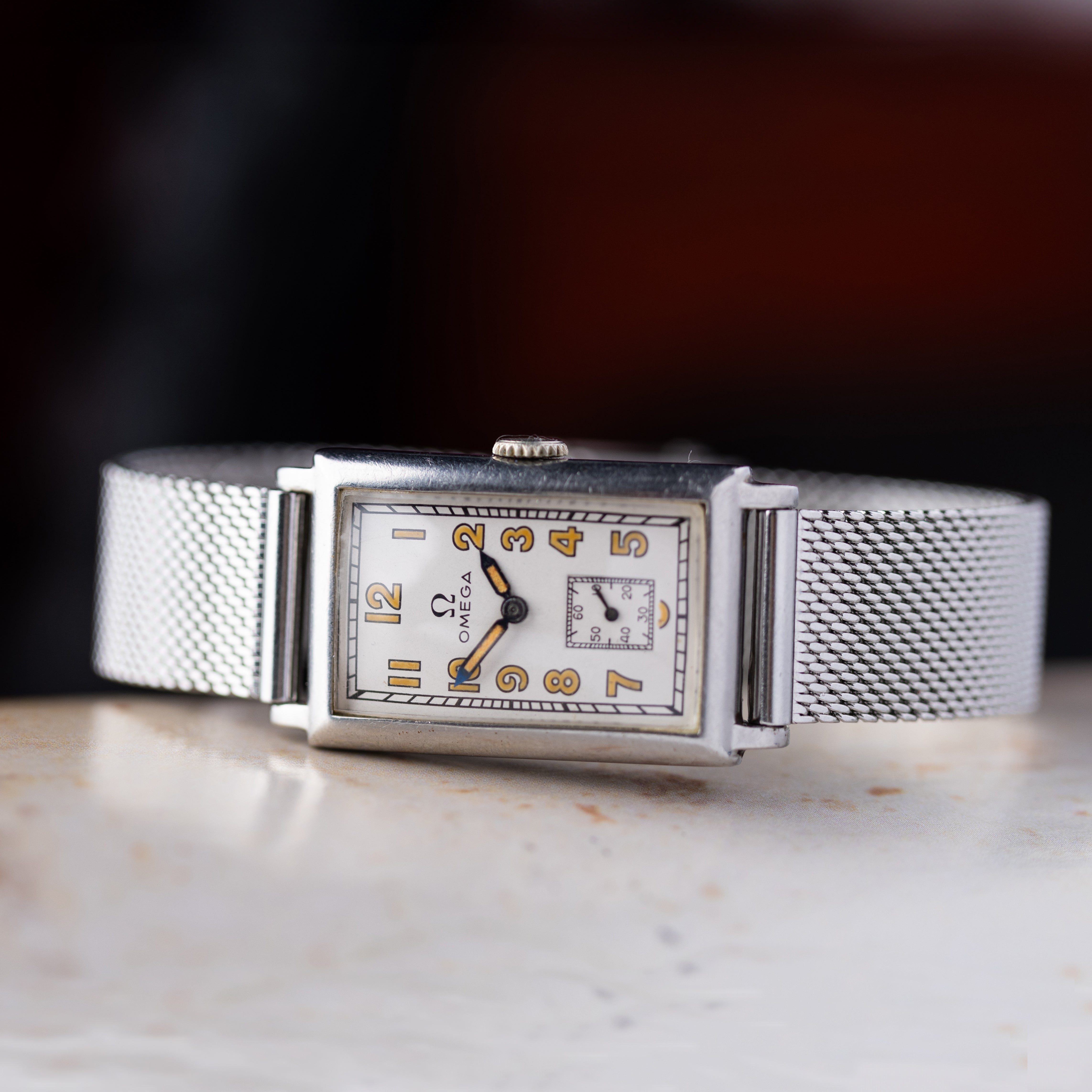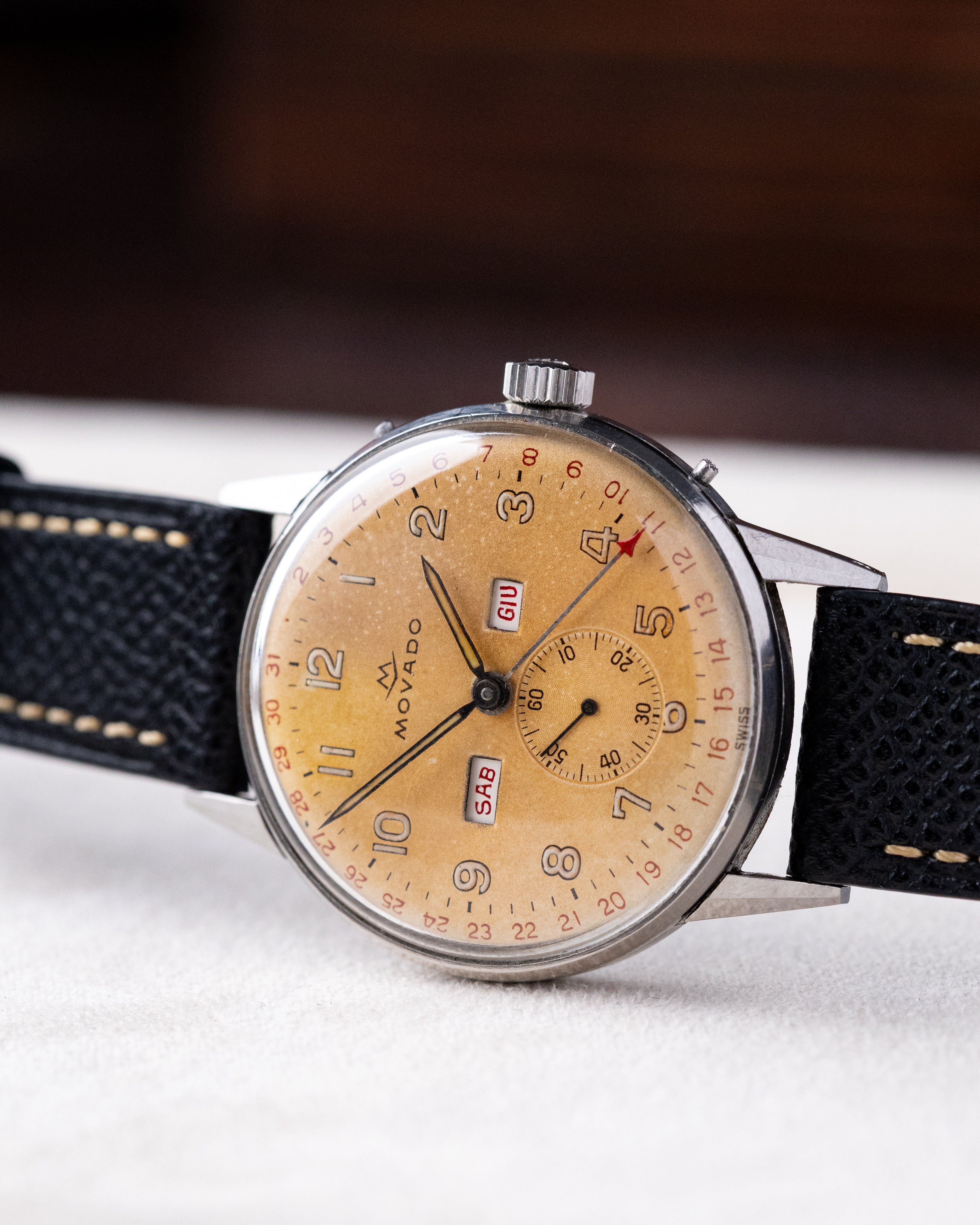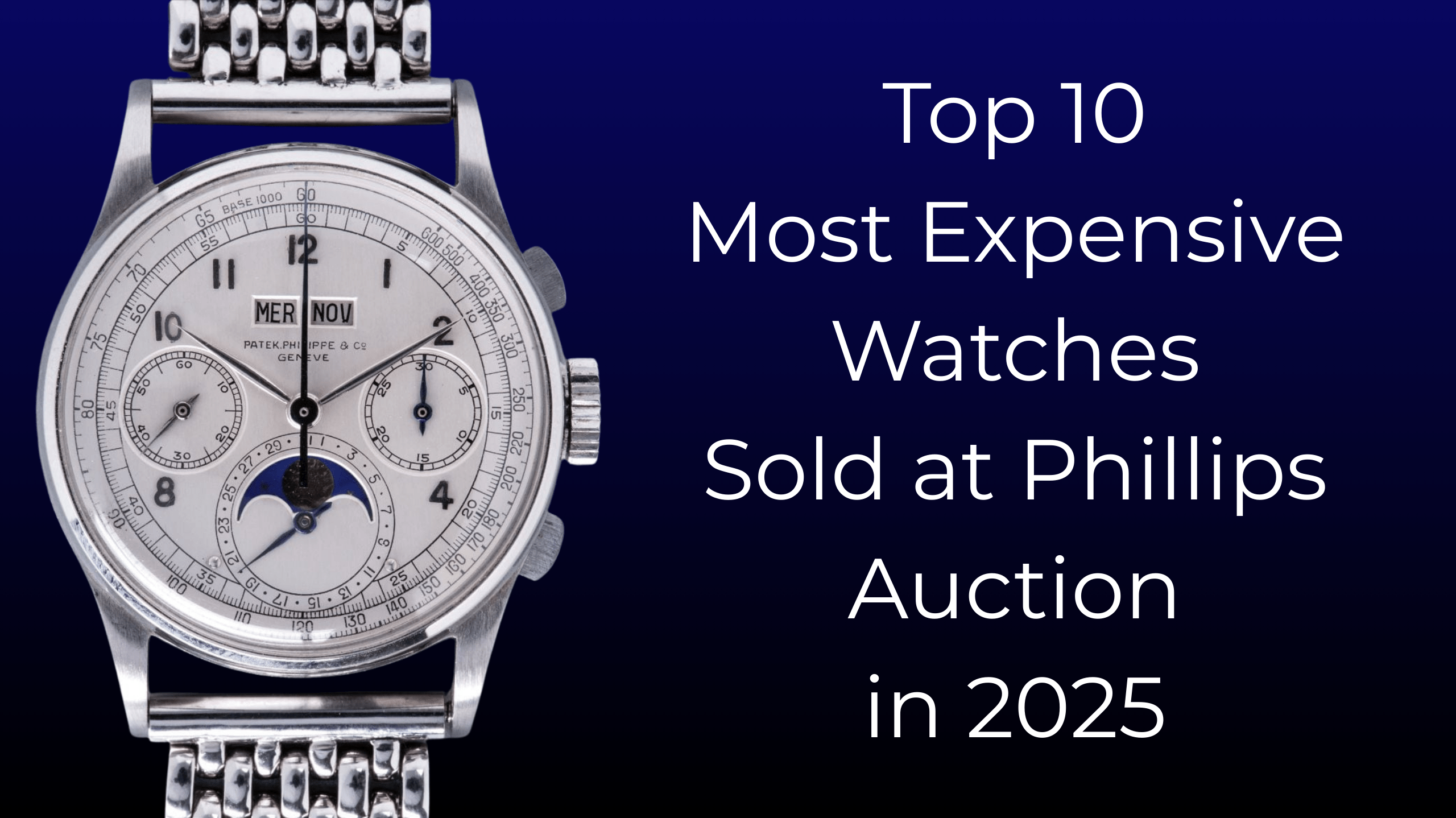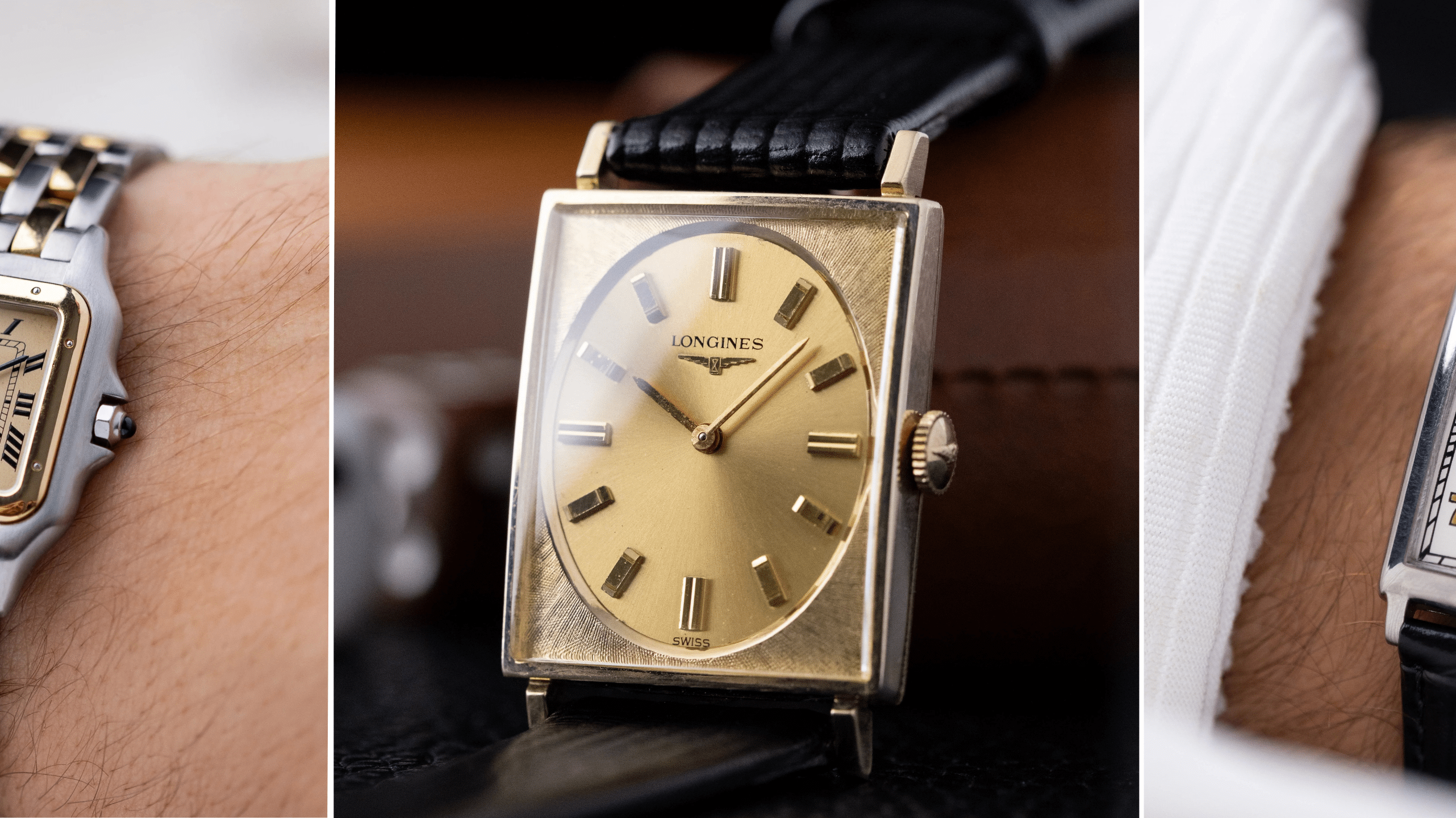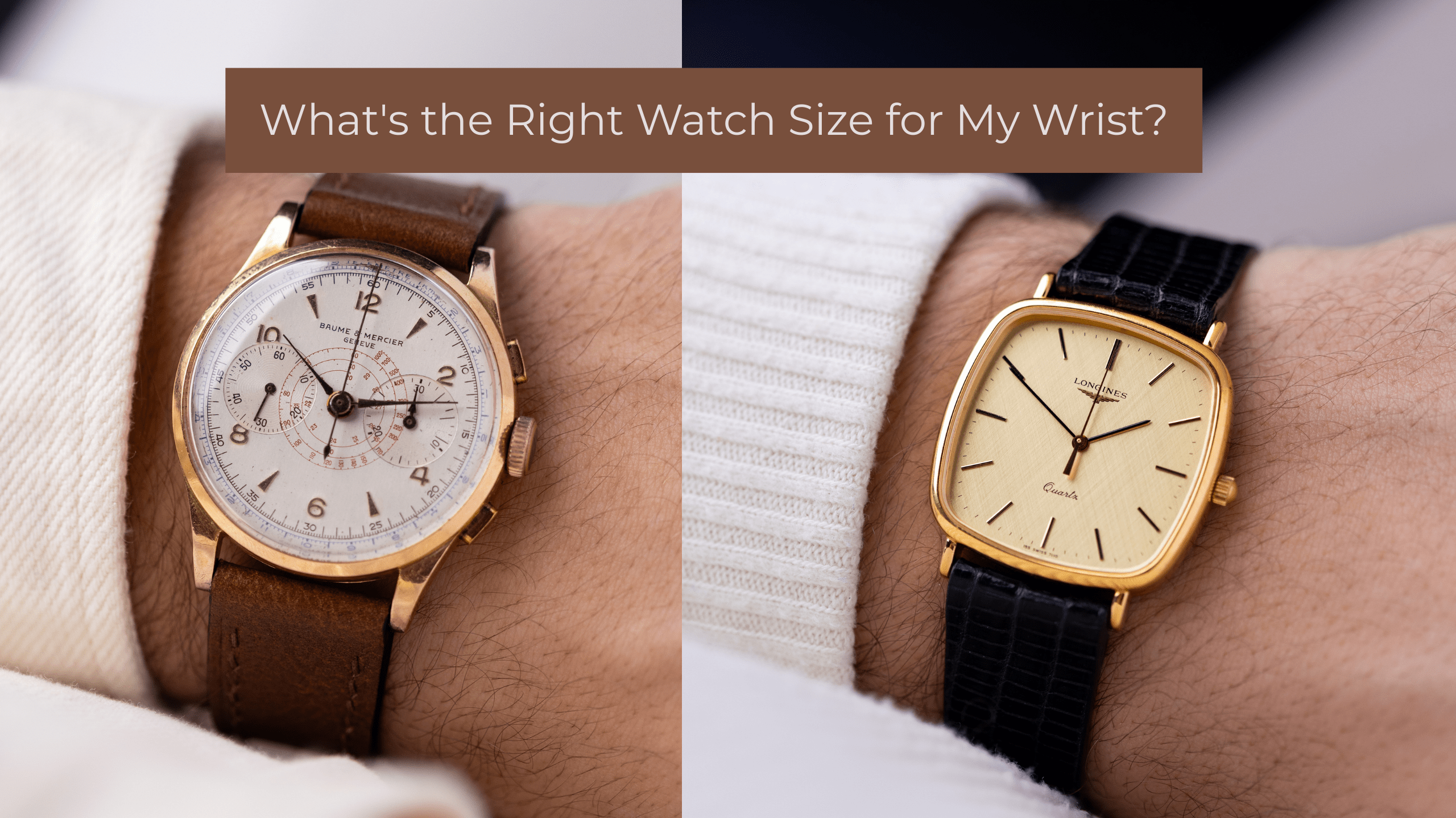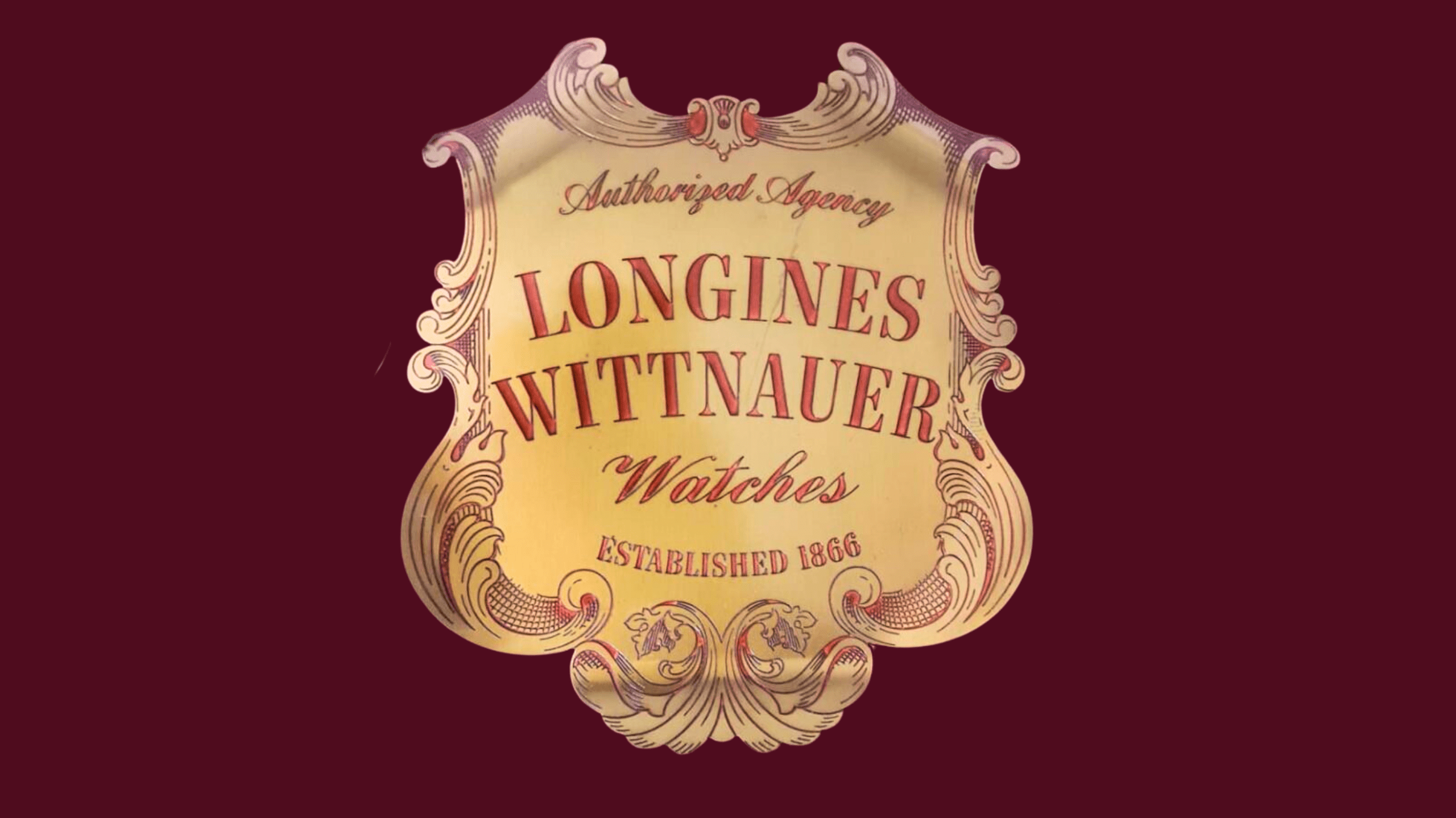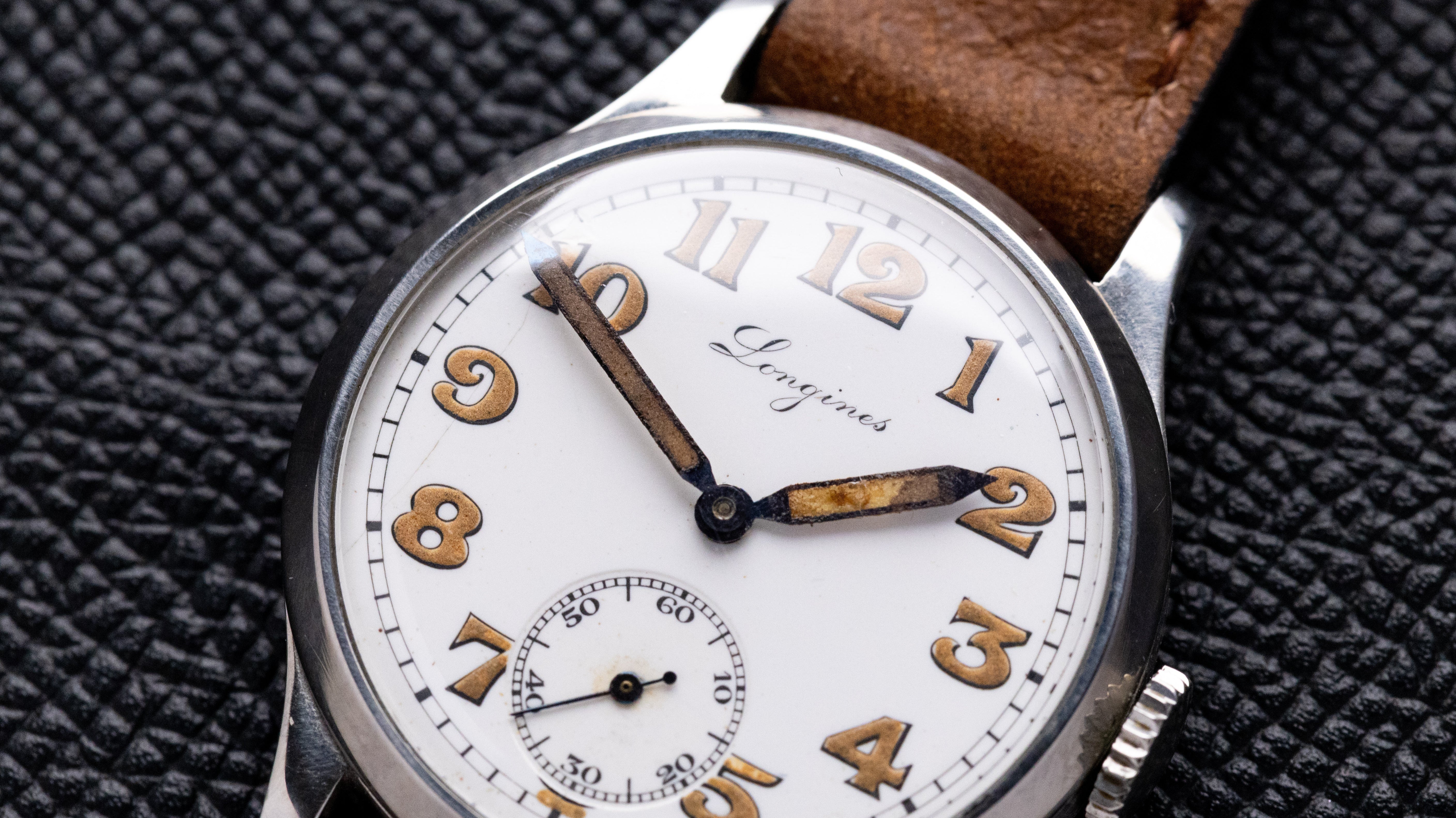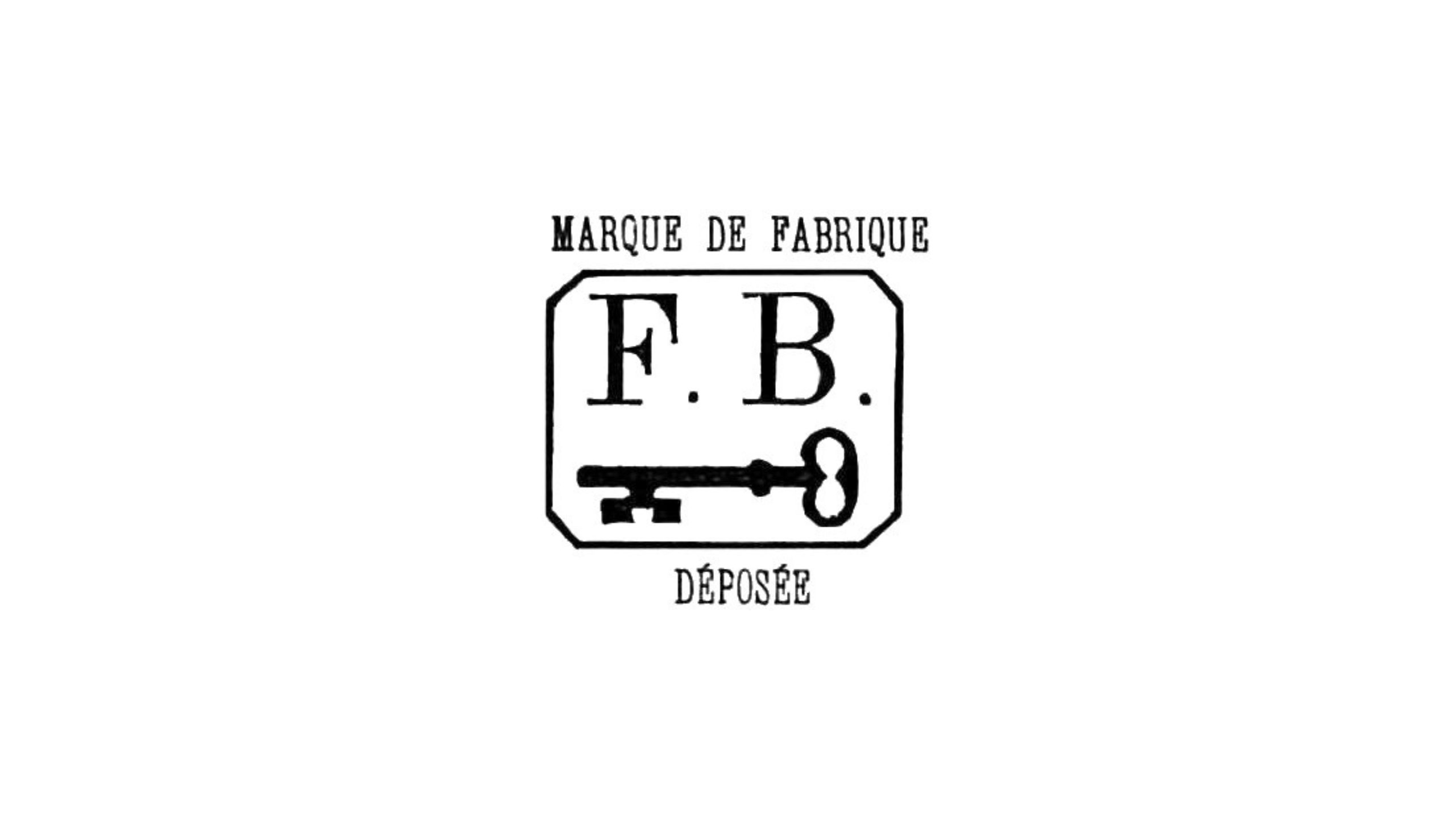Introduction
Movado might be known today for minimalist “Museum” watches, but in the mid-20th century it was a true horological powerhouse. Back then, Movado built in-house movements and complex watches with quality rivaling any top Swiss brand. In fact, between the late 1930s and mid-1950s, Movado was a pioneer in calendar complications – watches that could display not just the time, but the day, date, and month as well. These features were becoming increasingly popular in the 1940s and 50s as watch enthusiasts sought more functionality on their wrist. Movado answered this demand with a trio of innovative triple-calendar lines: the Calendograf, Calendomatic, and Celestograf. Each brought its own twist to tracking the calendar on your wrist, from simple elegance to poetic moon-phase displays. Before diving into each line, it’s worth noting just how prestigious Movado was in that era– even leaders like FDR and Winston Churchill wore Movado calendar watches as daily timekeepers. Now, let’s break down what made each of Movado’s triple-calendar collections special.
The Three Collections: A Breakdown
Calendograf - The Classic Triple-Calendar
The Calendograf was Movado’s first triple-calendar watch, introduced in 1938. It established the template: a manual-wind movement (Movado caliber 475, derived from their 470 series) driving a dial that displays day, date, and month. A pair of little windows (usually below 12 o’clock) show the day of week and month, and a pointer hand indicates the date around the dial’s perimeter. Movado gave this pointer a distinctive red-tipped arrow, adding a pop of color and making it easy to spot the date at a glance.

The dial design is beautifully balanced – even with three calendar displays, it maintains symmetry and legibility. Most Calendografs were produced in midsize cases ~34–35mm in diameter (a typical men’s size at the time) and came in stainless steel or gold-filled cases.

The style is very much 1940s classic: often a two-tone dial with applied Arabic numerals and feuille (leaf-shaped) hands. In some versions Movado even used blued steel hands, which against a vintage cream dial gives a lovely contrast. Overall, the Calendograf is the most traditional and commonly encountered of the trio. It had the longest production run (into the early 1950s) and set the foundation for Movado’s reputation in calendar watches. Collectors appreciate its understated charm – it’s a practical triple-date watch with vintage character, often available at approachable prices today (especially compared to flashier complications). If you see a mid-century Movado calendar watch, chances are it’s a Calendograf doing its job with quiet competence.

Calendomatic - Automatic & Streamlined
By 1948, Movado took the triple-calendar concept a step further with the Calendomatic – notable as the world’s first automatic triple-calendar wristwatch. Instead of needing daily winding, the Calendomatic’s movement (Movado’s calibers in the 220/225 “bumper” automatic family) winds itself as you wear it. This innovation came with an improved power reserve of around 46 hours, a nice upgrade over the manual version. The Calendomatic watches typically sport a slightly slimmer case profile and cleaner dial design, reflecting late-1940s modernism. Many Calendomatics featured simpler hour markers – for example, some have minimalist dot or baton indices instead of full numerals. The overall look is a bit more refined and streamlined, often with a touch of Art Deco or mid-century modern styling. We still get the twin calendar windows at 12 and a date pointer hand, but the dial furniture might be pared down for a sleeker aesthetic. These models were positioned as Movado’s “everyday complication” – practical for daily wear but also a cut above a basic watch. In fact, a 1950s Movado ad shows the Calendomatic proudly, emphasizing its “Self-winding” calendar movement and water-resistant case, with a price about 25% higher than its manual siblings.

That higher price and shorter production run (1948–1954) mean the Calendomatic is less common today than the Calendograf. Many were produced in gold or two-tone cases, though a few in steel exist (and are highly prized by collectors for their rarity). While the phrase “Cal. 90M” sometimes comes up in Movado lore (referring to their famous M90 chronograph movement), the Calendomatic actually used its own dedicated calibers – so it’s more accurate to speak of the Movado 225M or Cal. 220 series when discussing its movement. In any case, the Calendomatic beautifully blends technical advancement (first automatic calendar!) with mid-century elegance. Think of it as the refined evolution of the triple-date, made to slip under a cuff and keep you on schedule with a bit of style.
Celestograf – Adding a Touch of Moonlight
If the Calendograf was practical and the Calendomatic modern, the Celestograf was Movado’s most poetic take on the calendar watch. Introduced in 1947, the Celestograf added a moon phase display to the standard day-date-month layout. On the dial, you’ll see the familiar twin windows for day and month at 12, a pointer date around the edge – and then a charming moon-phase aperture at 6 o’clock. This lunar complication, with a rotating disc painted to show the phases of the moon, gives the watch a romantic, celestial charm (hence the name Celestograf). Under the hood, it used Movado’s in-house caliber 473 (a variant of the 470 series adapted to drive the moonphase mechanism).

Visually, Celestografs are often the most dramatic of the trio. Many feature details like blued hands, a two-tone dial, and of course the colorful moonphase disc – typically a golden moon and stars against a midnight blue sky. The cases could be a bit more elaborate too; one famous Celestograf reference (44820) given to Winston Churchill had distinctive “turtle” lugs in its case design. Even the U.S. market name for the line – “Astrograph” – evokes starry skies and cosmic imagery. In essence, a Celestograf looks like a Calendograf that dressed up for the evening: it has the same fundamental layout but with an added dose of whimsy and complexity courtesy of the moonphase. Because it was only produced for about 7 years (1947–1954) in relatively limited numbers, the Celestograf is quite rare today. Collectors covet them not only for that rarity but for their beauty – these Movados can easily be mistaken for far more expensive calendar moonphase watches from brands like Universal Genève or Longines at a glance, such is the quality of design. In fact, vintage Movado Celestografs are considered some of the best calendar watches of their era in terms of both looks and horological interest. They truly capture that mid-century fascination with the night sky, all on your wrist.
Movements & Technical Notes
One remarkable thing across all three Movado calendar lines is that they were powered by in-house Movado calibers – something not every brand could claim. The Calendograf and Celestograf both used Movado’s manually-wound 470 family of movements, with the Calendograf typically housing caliber 475 and the Celestograf using the closely related caliber 473. These were 15-jewel movements beating at 18,000 vph, known for being robust and reliable for their time.

The Calendomatic, as the first automatic triple-date, required a different approach: Movado developed an automatic calendar caliber (the cal. 225 bumper movement, part of the 220 series) to power it. This gave the convenience of self-winding and also an improved reserve of around 46 hours, meaning the watch could run longer between wears. Notably, all the watches featured a pointer date hand and dual calendar windows, which was the classic triple-calendar mechanism of the era. Adjusting these calendar functions was (and still is) done via small recessed pushers on the sides of the case. For example, a Calendograf usually has two push pieces on the right side of the case (around 2 and 4 o’clock) to correct the day and date. The Celestograf, with its moon phase, adds an extra corrector on the opposite side, and the Calendomatic’s pushers are placed on the left side due to its different movement architecture. Setting these can be a fussy operation – you’d use a tool or a pen tip to press the tiny buttons – and it’s something owners learn to do carefully. Vintage calendar mechanisms have small gears and levers (like calendar wheels, jumpers, and springs) that can wear or break if mishandled. Thus, proper servicing is important to keep everything clicking over precisely at midnight. Watchmakers experienced with vintage calendars know to inspect and lubricate those parts so that the day jumps and moon disk advance as intended. Also, unlike modern watches, there’s no “quickset” feature here – you can’t just spin the crown to advance the date rapidly. Setting the calendar often involves winding the time forward through many days or using the pushers repeatedly, so patience is key when your Movado triple-date needs to be brought up to date. The good news is these calibers, when maintained, are quite robust. They were designed in an era when practical longevity was valued, and many still keep good time after 70+ years. Movado’s commitment to quality in movement design (remember, this company filed nearly 100 patents and was making top-notch calibers in-house) means that even today a well-serviced triple-calendar can be a reliable companion. In short, beneath the dials of these watches ticks some serious mid-century watchmaking – not just generic ebauches, but true Movado movements built to do the job.
Collectibility & Market Notes
For a long time, vintage Movado was something of an insider’s secret – but that’s rapidly changing. Collectors of vintage complicated watches have started to realize that Movado’s triple-calendar pieces offer tremendous value and quality for the money. Let’s break down the current collectibility:
-
Sought-After Models (Rarity Ranking): Among the triple-date Movados, the Celestograf (triple calendar with moon) sits at the top of the desirability list for most collectors. It’s the most complicated of the trio and was produced in the smallest numbers, making it genuinely scarce. A nice Celestograf – especially in steel or in excellent original condition – commands a premium because enthusiasts know how hard they are to find. Right behind it would probably be the Calendomatic. While not as rare as the moonphase, the fact that it’s an automatic triple-calendar (and the first of its kind) gives it special historical significance. Calendomatics were also only made for a brief period and often saw heavy use (they were marketed for daily wear), so pristine examples are uncommon. Finally, the Calendograf is the most common and “classic” model – widely seen and relatively more affordable. That said, specific Calendograf references can be very collectible too (for example, one with an unusual dial or famous provenance). But if we’re speaking generally: Celestograf > Calendomatic > Calendograf in terms of scarcity and collector fervor.
-
Originality is Key: As with any vintage watch, originality hugely impacts value. Collectors prefer examples with untouched dials (no redial or repaint), original hands, and all the correct parts (like the proper pushers and signed crown). Because these watches are around 70-80 years old, many have seen refinish jobs or parts swapped during past services. A clean, all-original dial showing honest patina is much more attractive to a collector than a “refurbished” dial that might look new but isn’t authentic. Even lume (if present on numerals or hands) is scrutinized – some Calendografs had a bit of lume on the numerals or small luminous dots, and having the original aged radium or tritium can be a plus. Condition, condition, condition, as they say, matters a lot. But interestingly, because Movado calendars are still somewhat under the radar, you can find well-preserved pieces at reasonable prices. The market hasn’t completely drained the supply of good examples yet. Still, savvy buyers will check that the calendar wheels are in the right language/font, the case hasn’t been over-polished, etc. The good news is many Movado triple-dates lived gentle lives in a drawer (they were often gifted on special occasions), so you do see “time capsule” pieces emerge – for instance, an unused Celestograf with its original box recently surfaced, an extreme but illustrative case.
-
Value and Price Range: One of the biggest draws of vintage Movado is how affordable they remain compared to equivalent watches from other brands. As one enthusiast noted, a great Movado can be bought for “pennies on the dollar” relative to something similar from the likes of Patek, Vacheron, or even Longines. For example, a 1940s Longines or Omega triple-calendar might run a bit higher in price than a Movado, simply due to brand name cachet. And a Universal Genève Tri-Compax (which adds a chronograph to the calendar) will definitely cost several times more. The disparity is even more glaring when comparing to Rolex: Rolex’s only mid-century triple calendars, references 6062 and 8171 with moonphase, are absolute grail watches that can hammer for six figures at auction – literally 100x the price of a nice Movado Celestograf. Of course, there are differences (Rolex made theirs in very limited numbers and with precious metal cases, etc.), but the point stands: Movado offers an incredible bang for your buck in this category. Currently, you might find a decent Calendograf in steel in the low thousands of USD (depending on condition), a Calendomatic perhaps a bit more, and a top-condition Celestograf maybe in the mid-to-upper four figures – still a fraction of what a comparable “big name” watch would cost. As of now, the market is starting to correct upward – the “secret” is getting out, and prices have been creeping up as more collectors pay attention. But for now, these watches remain relatively undervalued gems.
-
Steel vs. Gold Considerations: A funny thing in vintage collecting is that stainless steel versions of watches are often more prized than gold, the opposite of what their original pricing was. Movado triple-dates are no exception. A stainless steel case, especially if it has the Borgel waterproof design, is considered highly desirable. Many collectors love the tool-ish, military-adjacent vibe of a steel case, and steel tends to age better (no wear-through or brassing like gold-filled cases). As mentioned, steel was also produced in smaller numbers for these models. So we frequently see steel pieces command a premium over an equivalent gold-plated one. That said, solid 18k gold Celestografs or Calendomatics in great shape can also be very valuable – they appeal to a different kind of collector who wants that glamour. Ultimately it comes down to personal preference, but don’t be surprised if a steel Movado calendar with a clean dial sells quicker (and for more) than a gold one. They’re “particularly desirable” indeed to today’s enthusiasts, who often gravitate to steel for its sturdiness and rarity.
-
Rising Interest: In the last couple of years, there’s been a noticeable uptick in interest for vintage Movado. Social media and blogs have shined light on models like the Calendograph and Celestograf, and more collectors are actively hunting them. As one watch writer quipped, for a long time only four people seemed to care about old Movados, but now the secret’s out and a broader crowd is paying attention. The vintage market for Movado has “surged” recently, and the brand’s status among collectors is rising accordingly. We’re seeing more mentions in major watch publications and even record results at auctions for unusual Movado pieces. What’s driving this? Likely the recognition that these watches offer a combination of heritage, design, and mechanical interest that is hard to match without spending a lot more. They scratch the itch for a vintage complication – which many collectors eventually seek out – but are still within reach for those of us without unlimited budgets. Plus, there’s a contrarian cool factor: wearing a Movado triple-calendar is a subtle nod that you’ve done your research and aren’t just following the hype.
In summary, from a collectibility standpoint, Movado’s triple-calendar watches are moving up in the world, yet still remain one of the most accessible pathways into vintage “high complication” (albeit not high complication by today’s definition, but certainly in the context of the 1940s these were prestigious pieces). If you’re considering one, the market at the moment rewards finding the best example you can – and odds are you’ll be smiling knowing you obtained a watch with so much horological richness at a relative bargain.
Conclusion: Is the Movado Triple-Calendar Worth It?
So, is it worth adding a Movado Calendograf, Calendomatic, or Celestograf to your collection (or even making one your only watch)? Honestly, yes – if you appreciate vintage style and want a lot of horological bang for your buck, these watches are hard to beat. They offer a mix of history, craftsmanship, and functionality that few others in their price range can match. You’d be getting a timepiece that was respected in its day and is increasingly respected again by collectors who’ve caught on to its virtues. With a Movado triple-calendar, you’re wearing a watch that was a flagship model for a storied Swiss brand when it was at the top of its game. Each time you glance at it, you see more than just the time – you see day, date, month, the moon (if you have the Celestograf), and perhaps a reminder of the enduring ingenuity of mid-century watchmakers.
There’s also the emotional angle: these watches have an inviting warmth. The aged dial, the whimsical red date hand, the notion that it may have marked countless important days in someone’s life decades ago – it all adds up to a special wearing experience. In a practical sense, they’re versatile; 34mm vintage pieces can be dressed up or down, and they’re unisex by today’s standards, fitting well on many wrists. Maintenance is manageable with any decent vintage watchmaker, and once serviced, they can be daily drivers if you treat them kindly.
Of course, one should buy advisedly – look for a well-kept example and verify originality when possible (preserve that all-important originality for future value). But the good news is, as of now, you can still find great examples out there without taking out a second mortgage, which is something we can’t say for certain equivalent watches from other brands. That value proposition is a big part of why these Movados are worth it. It’s not that they’re “good for the price” – they’re flat-out good watches, period – but the reasonable price is the cherry on top.
In conclusion, a Movado triple-calendar is absolutely worth it for those who love vintage watches with complications. It’s like finding a classic novel in a used bookstore for a few dollars: you get all the richness inside, even if the cover isn’t a flashy bestseller. In the world of vintage watches, Movado’s Calendograf, Calendomatic, and Celestograf are sleeping beauties. They’re starting to wake up to more attention, yes, but they remain profoundly rewarding pieces to own and wear. Strap one on, and you’ve got yourself a charming conversation piece, a slice of 20th-century watchmaking excellence, and a very practical companion for keeping your calendar on track. That’s a lot to love – and definitely worth it, if you ask me.

